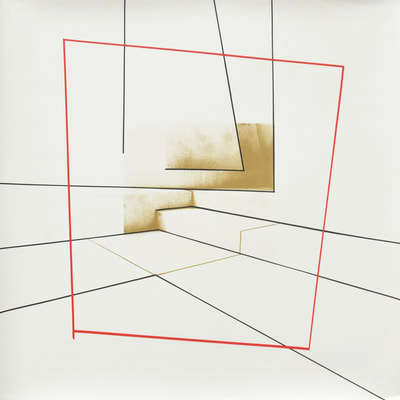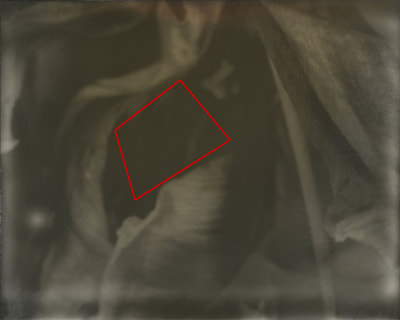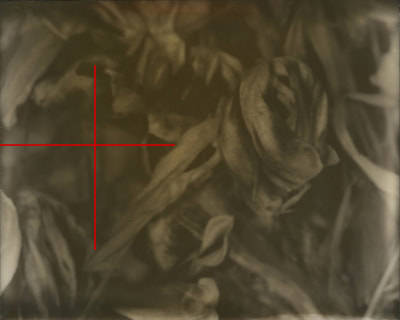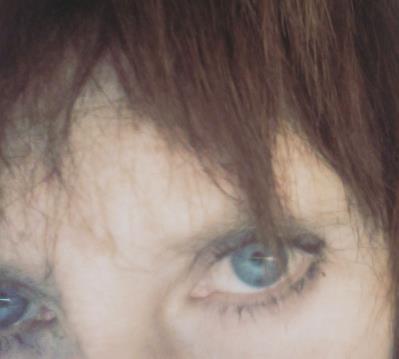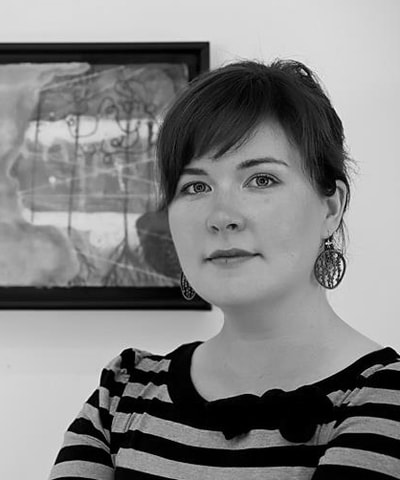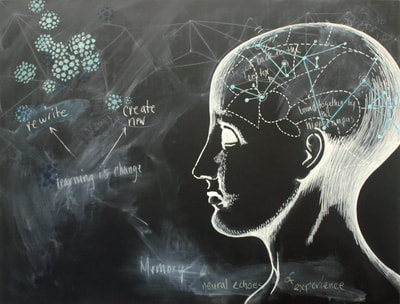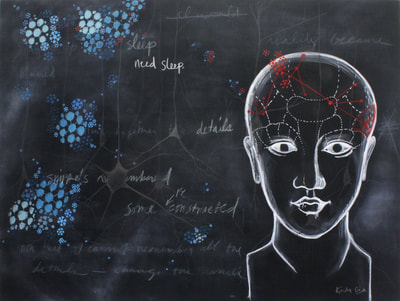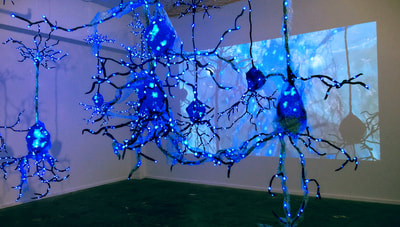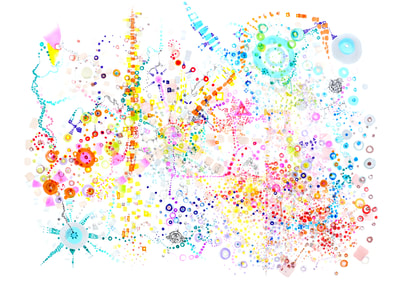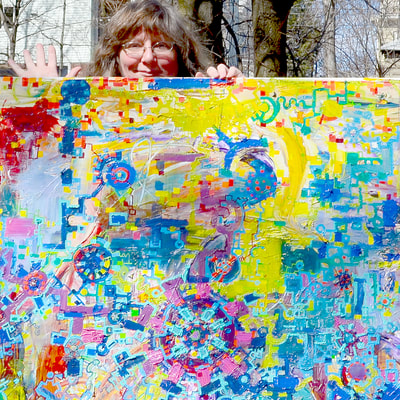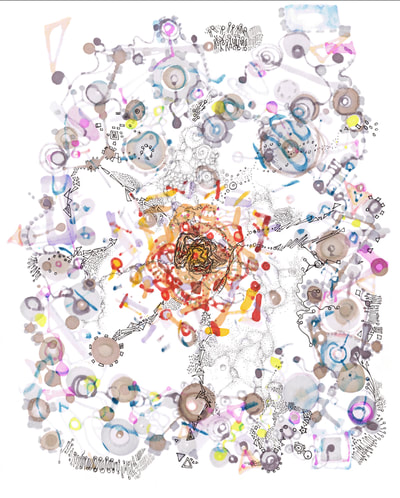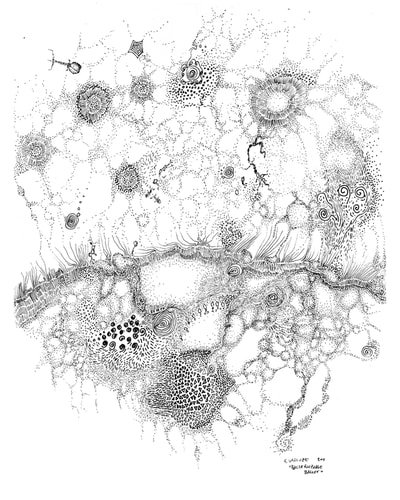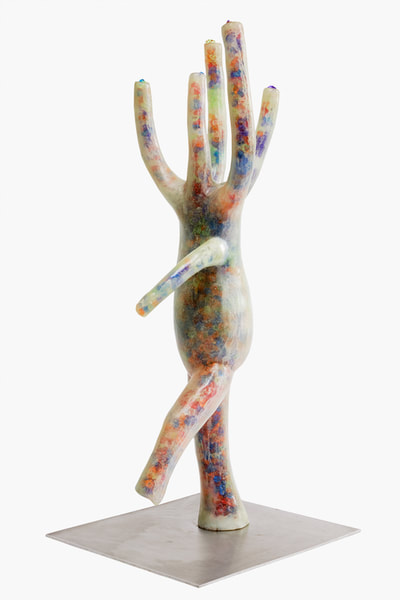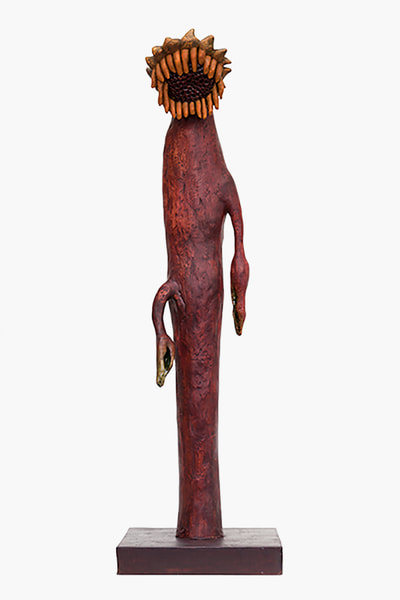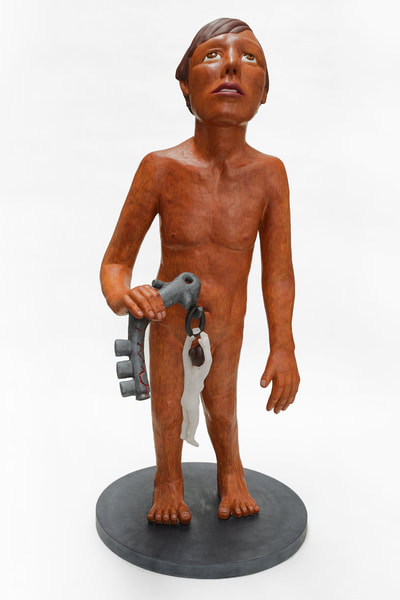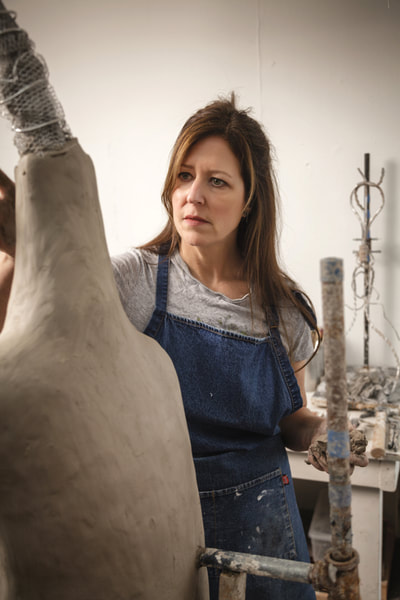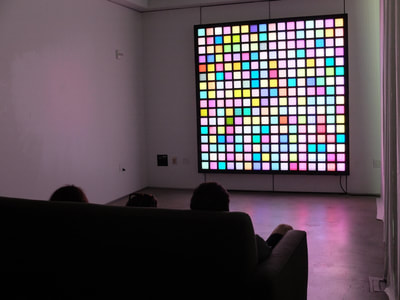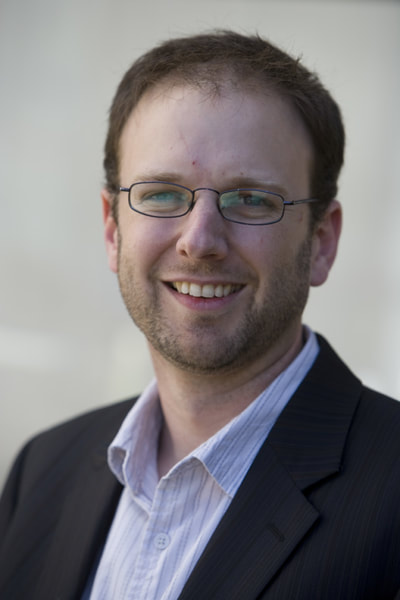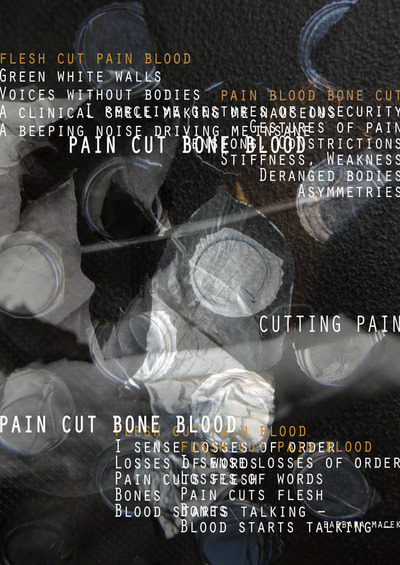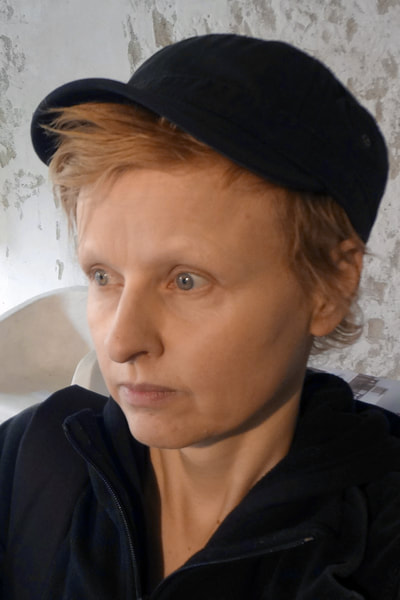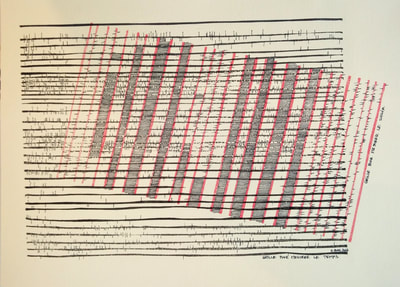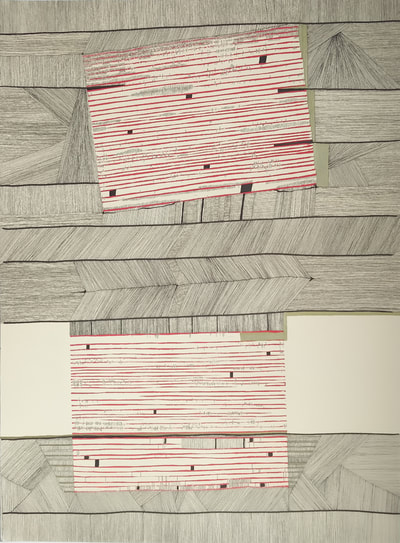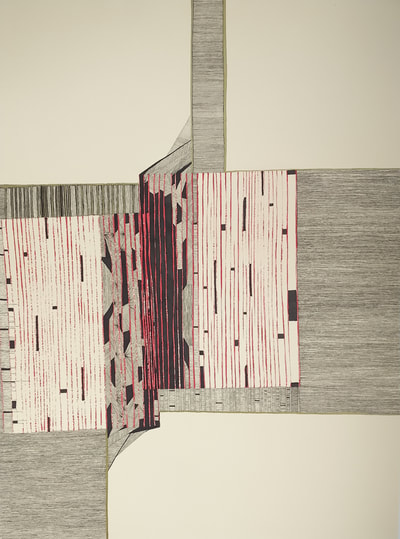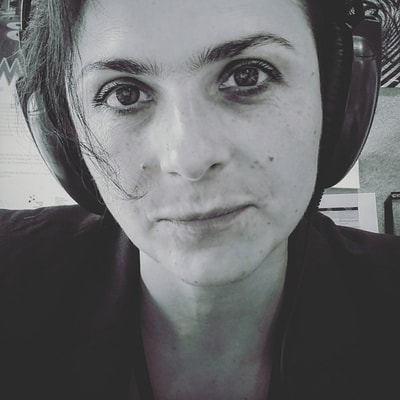What are the connections between time and place, the known and unknown, the microcosmic and macrocosmic?
LAURA KRASNOW: "I use photography, and the embedded marks and symbols, to reconstruct recollections of time and place, within both the seen and unseen. Using the tools of science research, mathematics, and personal photography, I create visual maps that symbolize my interpretation of scientific analysis. The materials I choose to create and display the image, as well as the particular symbols utilized, has an intrinsic link to this interpretation. The use of outdated film, address labels to deconstruct and construct the image, lines and graphs, allude to a system of space and time I have developed to represent this visual interpretation."
x
What is a memory and how is it stored?
KINDRA CRICK: "One of the greatest mysteries of the mind is our memory, our ability to time-travel and use recollections, whether conscious or not, to shape future choices. At our core, when we think about who we are, we rely on a narrative we remember. Instinctively we know our memories are a shadowy artifact of our original lived experience, one distorted over time. Many have no narrative, but rather are an influence over fears and feelings. Eric Kandel states, "Has it ever struck you... that life is all memory, except for the one present moment that goes by you so quickly you hardly catch it going? It's really all memory...except for each passing moment." With books, photographs, and artwork, we create touchstones by committing thoughts to paper or etching an image, creating a physical substrate to lock in connections. But how does our brain recall and maintain constellations of details decades after connections are made? What molecular mechanisms lock in our memories, these neural echoes of our experience? In 2015, I started a collaboration with Dr. Harkness, a neuroscientist who investigates the role of perineuronal nets in memory. Our collaboration inspired an immersive installation, a forest of towering neurons, magnifying and re-imagining the hidden molecular structures of the mind. This illuminated 'Cerebral Wilderness' evokes the wonder of discovery and offers an imagined vision of the biological machinery which comprises the core of our memories and our essential sense of self. In addition to this installation, I developed a series of paintings building up layers and imagery on chalkboards. My goal was to call attention to the fragility of memory and the quest to unlock the mysteries of the mind. I built and erased layers of written ideas and recollections, leaving a patina of dust, a gist. The longing for permanence in this delicate matrix is explicitly stated in the chalked-on words "Do not erase." Both memory and the changeable surface of a chalkboard allow for iteration and change. There's value in rewriting and even in forgetting; this process enables us to learn and adapt to new experiences in our ever-changing world."
KINDRA CRICK: "One of the greatest mysteries of the mind is our memory, our ability to time-travel and use recollections, whether conscious or not, to shape future choices. At our core, when we think about who we are, we rely on a narrative we remember. Instinctively we know our memories are a shadowy artifact of our original lived experience, one distorted over time. Many have no narrative, but rather are an influence over fears and feelings. Eric Kandel states, "Has it ever struck you... that life is all memory, except for the one present moment that goes by you so quickly you hardly catch it going? It's really all memory...except for each passing moment." With books, photographs, and artwork, we create touchstones by committing thoughts to paper or etching an image, creating a physical substrate to lock in connections. But how does our brain recall and maintain constellations of details decades after connections are made? What molecular mechanisms lock in our memories, these neural echoes of our experience? In 2015, I started a collaboration with Dr. Harkness, a neuroscientist who investigates the role of perineuronal nets in memory. Our collaboration inspired an immersive installation, a forest of towering neurons, magnifying and re-imagining the hidden molecular structures of the mind. This illuminated 'Cerebral Wilderness' evokes the wonder of discovery and offers an imagined vision of the biological machinery which comprises the core of our memories and our essential sense of self. In addition to this installation, I developed a series of paintings building up layers and imagery on chalkboards. My goal was to call attention to the fragility of memory and the quest to unlock the mysteries of the mind. I built and erased layers of written ideas and recollections, leaving a patina of dust, a gist. The longing for permanence in this delicate matrix is explicitly stated in the chalked-on words "Do not erase." Both memory and the changeable surface of a chalkboard allow for iteration and change. There's value in rewriting and even in forgetting; this process enables us to learn and adapt to new experiences in our ever-changing world."
How can art lead the general public into deep and advanced scientific concepts?
REGINA VALLUZZI: "Scientific imagery is intriguing and beautiful, but also often impenetrable to the layperson. Powerful and beautiful ideas at the forefront of modern science become accessible when distilled through the lens of art. I achieve this distillation in a manner that respects the contexts of both art and science. My work explores the levels of symbolic abstraction in technical illustration. To do so, I approach technical concepts through science-inspired drawings that tweak or derail the usual rules for technical illustration. None of these drawings would be accepted as valid scientific schematics, yet almost all of them convey real information, often deeply and effectively. I focus on subjects from materials science and physics research, as well as soft matter physics and biological physics. My work also often incorporates aspects of self-similarity, and elements from math and physics that I have long been fascinated with."
How can art embody physical and psychological states?
JUDITH MODRAK: "My practice focuses on the invisible, yet deeply felt aspects of the human condition. To develop my projects, I research the origin of instincts, the seat of emotion, the location of memories and the cellular anatomy of the brain. These are esoteric and often intangible concepts that I seek to translate in a three-dimensional, highly emotive way. My sculptures look within to our internal psychological and physiological makeup and also explore the external, natural world in which we inhabit as another means of understanding how our personal and collective experiences are shaped. Nature is an active source of inspiration and propels my desire to create site-specific projects, often inviting local visitors to participate with the artwork in some way. My process for public art projects involves spending time researching the site's natural ecosystems, history, and physical identity. This critical step influences the aesthetic form my sculptures will take and their larger conceptual meaning. In recent outdoor projects, such as Our Memories at Governors Island, I collaborated with park staff members to install sculptures in a historic outdoor space for public viewing. In Thought Storm, developed as part of an artist in residency at Escape to Create in the Panhandle of Florida, my immersive process led to a series of sculptures that sprung from the native landscape as magical, reimagined beings with distinct personalities. All of the sculptures are formed by hand, clay, and plaster."
What is the nature of randomness, and how do we access its source in the quantum foundation of our universe?
DAVID HARRIS: "Most of the so-called 'random' numbers we use in science and life are merely pseudo-random, a random-seeming set or sequence that actually results from the deterministic processes of classical physics. Even in a chaotic system that can appear quite random, long-range correlations and patterns still appear. And yet, science and engineering rely on high-quality randomness for modeling and simulation. The only true source of randomness in the universe comes from fundamental quantum processes. In my work, I use the output of a quantum random number generator hosted at the Australian National University, based on quantum noise in a laser system, to generate numbers that I then contrast with past artistic and scientific pseudorandom presentations."
x
What is the meaning of pain?
BARBARA MACEK: "In my art and science project THE FICTIONAL LOGIC OF PAIN I focus on the question: What is the meaning of pain? A fictional logic, in contrast to a representational one, is not about the apparition but the reconstruction of the meaning of pain. This extension of the concept of pain by its fictional dimension allows for new ways of understanding the phenomenon. Consequently this project is developed on the basis of poetical, philosophical, and empirical sources, so that new meanings of pain can emerge. Methodically, artistic and empirical strategies are combined in order to support our dealing with pain by adding its fictional dimension. Applying the "method of naturalistic non-participant observation" combined with the CNPI (Checklist of Nonverbal Pain Indicators), and developing my own method, entitled "self-reflective observation in the mode of seeing-feeling," drawing on Jill Bennett's notion of "empathic vision," I performed observations at the departments for trauma at two big Viennese hospitals. For making the results of my observation experiments productive in regard to pain knowledge production I adopted two literary techniques: the cut-up technique as introduced by DADA artists, and the method of free association as introduced by French surrealists into literature and art. The assemblage REGARDING IS PAIN RESEARCH shows one result of my investigations into the meaning of pain and aims at reconstructing different perspectives and different voices on pain as an existential human experience. Pains are moving, alluring us to world-making-activities, attuning our bodies with other bodies and therefore putting us in relation to others. The affective quality of pain induces an increased susceptibility for energies that are usually concealed in our daily routine. Consequently pain can become the medium for an ecstatic experience - and even the slightest pain can cause a transformation!"
BARBARA MACEK: "In my art and science project THE FICTIONAL LOGIC OF PAIN I focus on the question: What is the meaning of pain? A fictional logic, in contrast to a representational one, is not about the apparition but the reconstruction of the meaning of pain. This extension of the concept of pain by its fictional dimension allows for new ways of understanding the phenomenon. Consequently this project is developed on the basis of poetical, philosophical, and empirical sources, so that new meanings of pain can emerge. Methodically, artistic and empirical strategies are combined in order to support our dealing with pain by adding its fictional dimension. Applying the "method of naturalistic non-participant observation" combined with the CNPI (Checklist of Nonverbal Pain Indicators), and developing my own method, entitled "self-reflective observation in the mode of seeing-feeling," drawing on Jill Bennett's notion of "empathic vision," I performed observations at the departments for trauma at two big Viennese hospitals. For making the results of my observation experiments productive in regard to pain knowledge production I adopted two literary techniques: the cut-up technique as introduced by DADA artists, and the method of free association as introduced by French surrealists into literature and art. The assemblage REGARDING IS PAIN RESEARCH shows one result of my investigations into the meaning of pain and aims at reconstructing different perspectives and different voices on pain as an existential human experience. Pains are moving, alluring us to world-making-activities, attuning our bodies with other bodies and therefore putting us in relation to others. The affective quality of pain induces an increased susceptibility for energies that are usually concealed in our daily routine. Consequently pain can become the medium for an ecstatic experience - and even the slightest pain can cause a transformation!"
x
What is knowledge?
SABINA RAK: "My visual work stems from a series of interests including the intersection between time, space, and knowledge. Each grid I create is a visual exploration of this intersection. The explorations don't intend to arrive at a definitive answer, but rather to make visual art take the stand of the person experiencing these three phenomena. I use visual image development as a means of reflecting on different subjects that I research separately. By bringing them together on paper, it allows for interesting and new visual patterns to appear. As a drawing artist, my main goal in not to solve scientific problems, but rather to bring new questions and interests to the public in a visual form."
SABINA RAK: "My visual work stems from a series of interests including the intersection between time, space, and knowledge. Each grid I create is a visual exploration of this intersection. The explorations don't intend to arrive at a definitive answer, but rather to make visual art take the stand of the person experiencing these three phenomena. I use visual image development as a means of reflecting on different subjects that I research separately. By bringing them together on paper, it allows for interesting and new visual patterns to appear. As a drawing artist, my main goal in not to solve scientific problems, but rather to bring new questions and interests to the public in a visual form."

